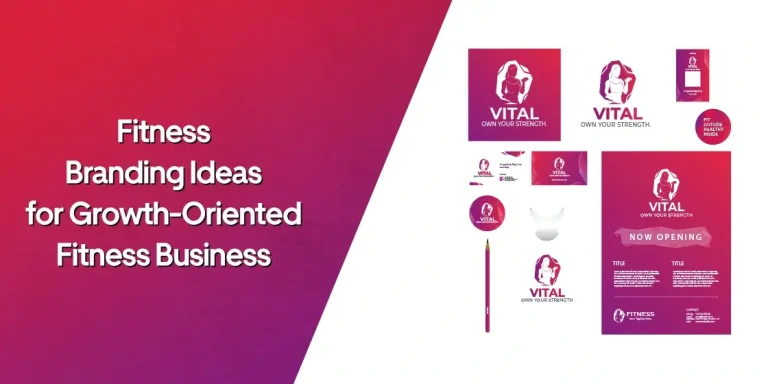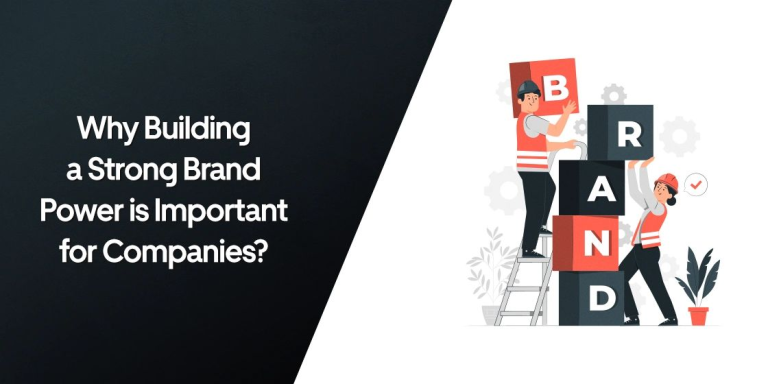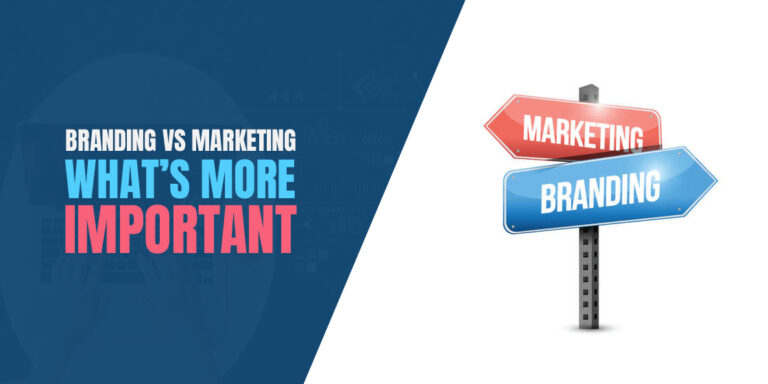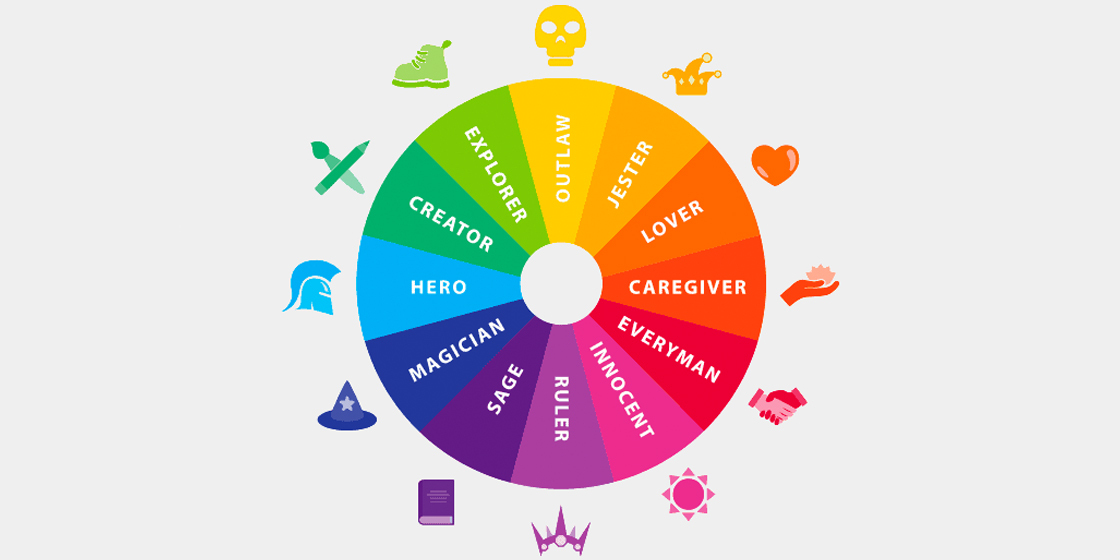
Table of Content
Discover the Various Brand Archetypes and the Concepts Behind Them
All of the brands that we love have that something special about them that makes us frequent them. It is that feeling that keeps bringing us back to them over their competitors, but is often impossible to point out. In fact, sometimes that feeling can even make us believe that we trust those brands more than others.
But what is it exactly about those brands which attract us in the first place? Research shows that about 95% of consumers choose brands subconsciously rather than through reason. That means that we choose our favorite brands through feeling rather than through a conscious decision. So what makes these brands click in our minds?
Put simply; the answer is that they embody the right brand archetypes.
Let’s discover what brand personality types are and how brands can use the brand archetype wheel to embody personalities that influence their customers’ perceptions to develop lasting relationships. Let’s explore how a professional branding agency can help your business connect with its target consumers better.
What Are The 12 Brand Archetypes?
Brand archetypes are the emotional and behavioral models of consumers. Basically, they are the personalities that a potential consumer might associate with you when interacting with your business. Today, the brand archetypes wheel is one of the most critical weapons in a branding specialist’s arsenal, helping brands create some amazing brand personality examples today.
In branding, these archetypes are used to build accurate brand personas. Their job is to guide the development of your branding and marketing strategies. Typically, the best personas are those that conform to a single archetype in the brand archetype wheel. However, your business can embody a mix of complementary archetypal characteristics.
A personalized branding strategy ensures that your brand archetype represents your values and message ultimately.
Now, you might be wondering about what these archetypes are. So, let’s have a look.
The Creator Archetype
The creator brand archetypes are the ones that resonate with the creative thinkers, the dreamers, and the inventors. Anyone with the drive to create something, a painter, a musician, or an innovator, embody the characteristics of the creator brand archetype.
The Creator personality on the brand archetype wheel is always trying to create something new and innovative every day. The need to express their creative drive is their most prominent feature. To achieve that, they constantly work towards developing high-quality and long-lasting creations.
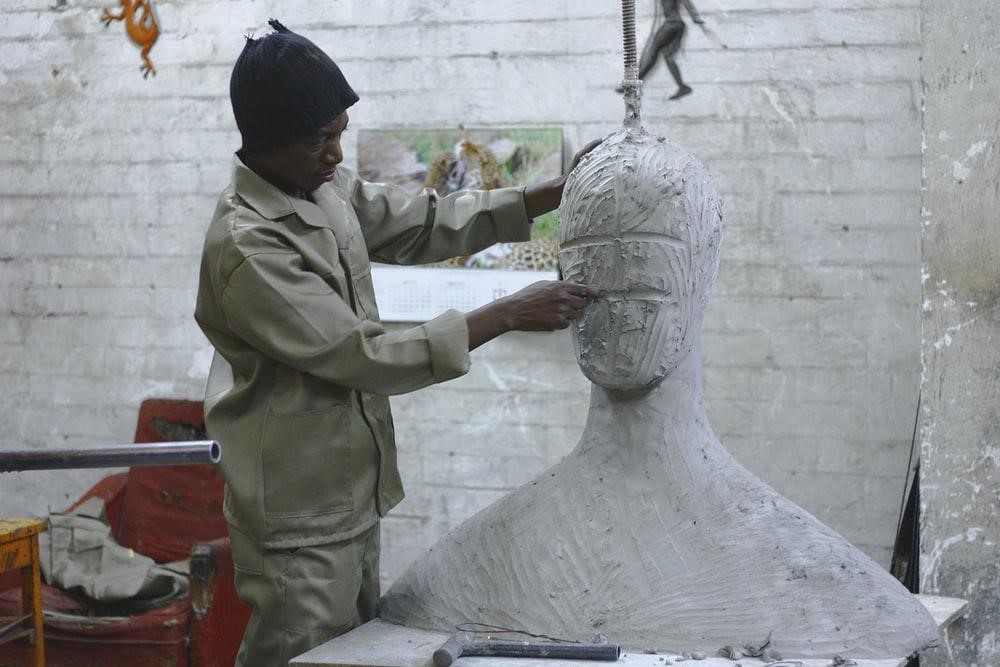
For branding, the creator archetype works for the following applications:
- Creative/Design companies
- Tech-oriented companies
- Marketing agencies
In terms of appeal, the creator archetype prefers promoting the creative process and the desire for expression. These types inspire loyalty and inspire their followers to improve and express their own creative imagination.
Companies that conform to the Creator archetype include:
- LEGO
- Apple
- GoPro
The Ruler Brand Archetype
The ruler brand archetypes demand control. Naturally, leading personalities like them inspire a following to show them the way to go.
In our lives, we see many figures that fit the ruler archetype – our parents, the boss at the office, or even a role model. All of these are roles that demand a firm and authoritative demeanor characteristic of this type.
For the ruler type on the brand archetypes wheel, dominion and authority are of utmost importance, and their activities signify that. They aim to nurture and build a strong community, family, or company.
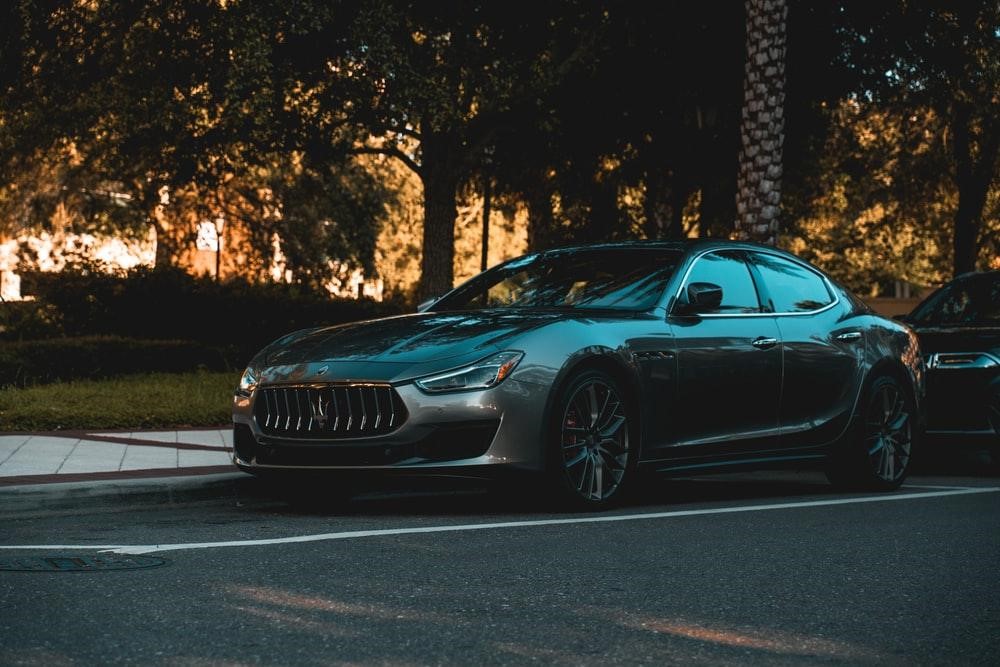
For branding purposes, the ruler archetype works well for these applications:
- Luxury automobiles
- High-end formal/business apparel
- Upscale hotels and restaurants
Brands that want to target this archetype should foster an image of leadership and mastery over the competition. But it should still be refined and elegant, appealing to the sophisticated sensibilities of a true leader.
Brands that embody the Ruler archetype include:
- Burberry
- Rolls-Royce
- Rolex
The Caregiver Archetype
The caregiver archetype in branding represents a personality that lives to comfort others and tries to care for everyone around them. This archetype represents the parents, caretakers, altruists, and helpers.
When they meet someone who looks like they need help, these personalities swoop in to comfort them and support them until they can take care of themselves. Appreciation for their efforts pleases them, but they shy away from fame and posterity.

The core desire of brands and people from this section of the brand archetype wheel is the drive to help those in need and keep everyone from harm. That is why they hate the selfish and the ungrateful.
For branding purposes, the caregiver archetype is suitable for:
- Health care industry
- Educational sector
- Non-profits
Brands that envision themselves helping others are ideal candidates for this archetype. This personality will allow them to help their consumers and make them feel safe, secure, and cared for.
Brands that benefit from the embodiment of this archetype include:
- UNICEF
- Johnson & Johnson
- World Wildlife Federation
The Everyman Brand Archetype
As the name suggests, the everyman brand archetypes exemplify the qualities of an ordinary human. In essence, they are just like everyone else.
These people can be called “The Everyday Joes”, just one of the countless faces we see around us every day. While invisible to many others, this archetype demonstrates the importance and silent contributions of a common man.

These people dress plain and live a simple life, no matter how wealthy they might be. Overt displays of wealth or elitist behaviors rub them the wrong way, and they ignore such situations avidly.
Their core trait of this archetype on the brand archetypes wheel is the desire to forge personal connections. They desire to be a part of a community built on trust and respect rather than wealth or power. For branding, businesses that can benefit from the everyman archetype include:
- Everyday apparel
- Family-oriented automobiles
- Grocery/Departmental stores
A brand that wants to connect with the ordinary people is the ideal personification of this brand archetype. By appealing to your consumers’ sensibilities of a simple and comfortable life, you can use this archetype to significant effect. Let them know that you hear and understand their needs and that they can rely on you to fulfill them.
Brands that benefit from the everyman archetype include:
- Walmart
- IKEA
- McDonald’s
The Jester Archetype
The jester brand archetype is all about having fun. These people tend to live for the moment, facing each phase of their life as it comes. Also called the joker, these people can lighten up the room with their presence, no matter the situation.
The jester on the brand archetype wheel also instills a sense of optimism and hope within a person. They try to find the good in everything and everyone. While their bodies may grow old and frail, their hearts are always young, full of joy.
The core value of this personality is the desire to live each moment to its fullest, with a happy and hopeful outlook. Brands looking to connect with the more upbeat demographic include:
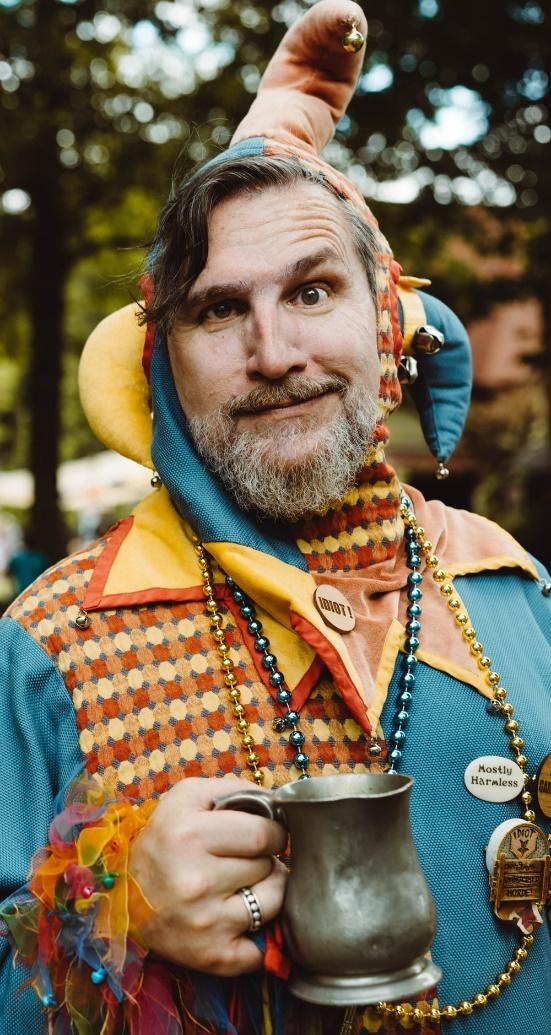
- Sweets and Confectioners
- Toy companies
- Drinks manufacturers
Who among us doesn’t love to laugh? But as we age, we tend to lose that feeling of spontaneous joy. That is why we need a jester’s personality around us, to help uplift our spirits. Having your audience associate you with joy and laughter can turn you into a well-loved brand by many demographics, something that others on the brand archetypes wheel find difficult.
Popular brands that use this archetype include:
- Old Spice
- Cheetos
- Red Bull
The Lover Archetype
The lover brand archetype is all about passionate relationships. They tend to enjoy the experience of falling in love with other people, their work, or an item they love.
This character from the brand archetypes wheel is common for romantic partners, lovers, spouses, enthusiasts, and connoisseurs. Love is a common sentiment for many human relations like friendships or parent-child bonds. However, here it represents passionate, romantic love.
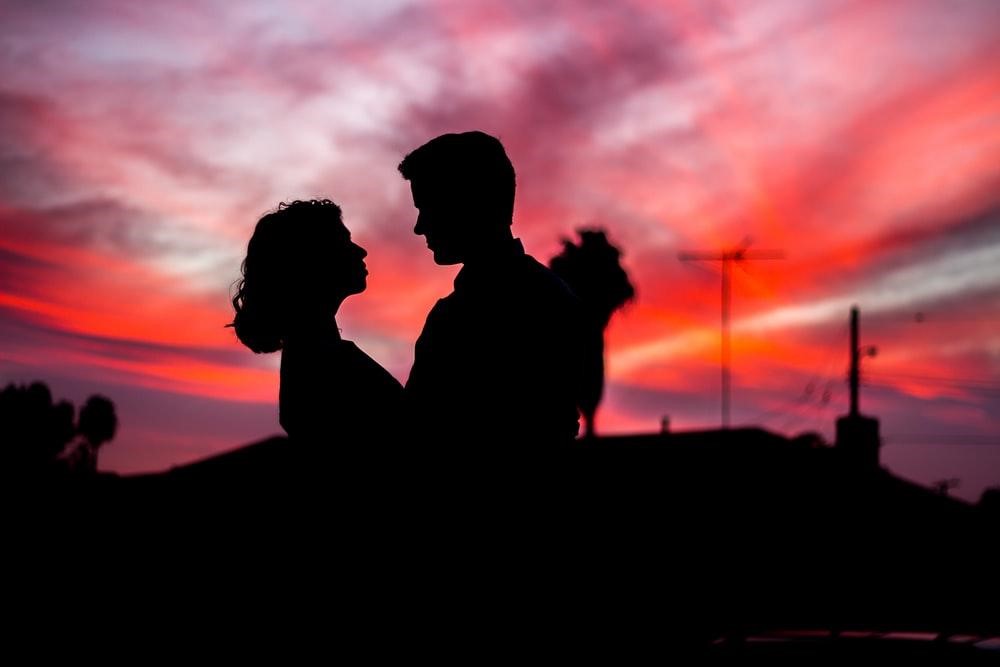
These people desire a sense of intimacy and closeness. Achieving that gives them an experience of extreme pleasure. For branding, companies that can benefit from this archetype include:
- Jewelry
- Winery
- Beauty and Cosmetics
Brands that promise a sensual experience, or portray a sense of beauty and sexual appeal, need to use the lover archetype from the brand archetype wheel.
Brands famous for embodying this brand archetype include:
- Chanel
- Maserati
- Chateau Lafite Rothschild Winery
The Hero Brand Archetype
The hero brand archetypes are idealists. They aim to take the responsibility of changing the world upon themselves, to help make it a better place.
When all else seems lost, the hero’s arrival renews the hopes of the defeated and motivates them to battle on. They are romanticized as the ones who will always triumph over every adversity and challenge. The hero aims to inspire us to emulate their example.
These brands use the brand archetype wheel to represent the strength to power through the problems they face and are generally self-reliant. They are willing to give their best to help someone out or to do something that others cannot. Their core trait is a desire to prove themselves through courage and determination.

This type of archetype is popular with:
- Outdoor equipment companies
- Tools manufacturers
- Sportswear
The heroes act as inspirations for others, motivating them to try their best to achieve new heights. Well-known brands that embody the hero archetype include:
- Amazon
- Adidas
- Ford
The Magician
The magician brand archetype is associated with doing the impossible. These people dream up ideas that others sideline as being impossible to make. Moreover, it is one of those archetypes we mentioned earlier on the brand archetypes wheel that complements the creator archetype.
Known as the visionaries, the innovators, or the charismatic, they trust that everything is possible once we try it. Basically, they believe that anything can happen if people put in the required effort.
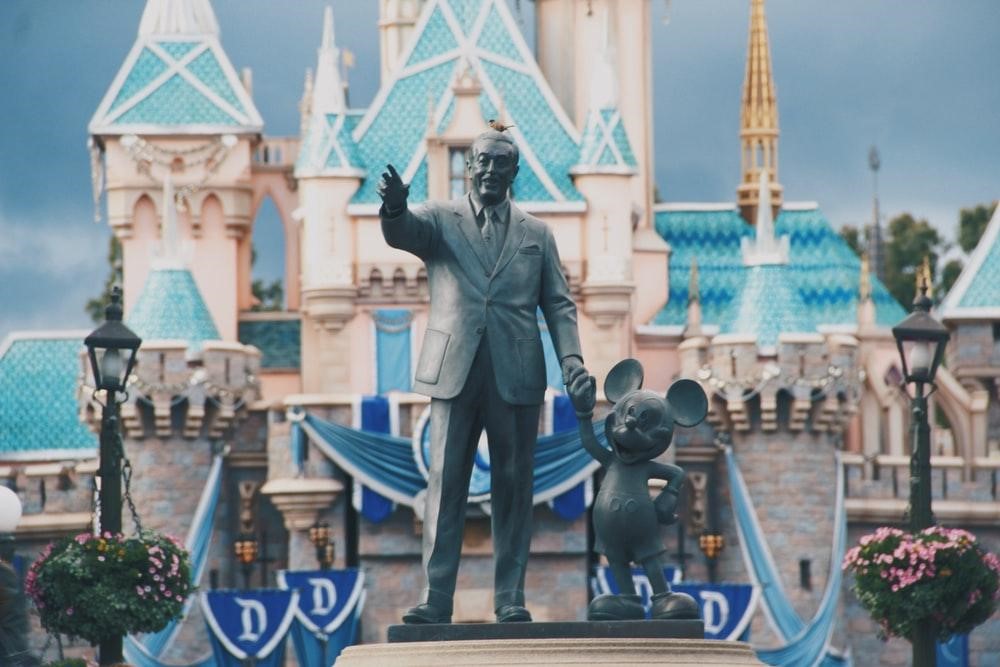
These brands are interested in thinking up seemingly impossible ideas and bringing them to fruition through sheer hard work and dedication, which is why the creator and magician are two different archetypes on the brand archetypes wheel. Their core desire – turning their dreams into reality.
This archetype is the best choice for brands such as:
- Entertainment Industry
- Cosmetic treatments
- Technology
If a brand is known for mystery, and incredible creations, then they are the magician archetype. Many famous brands use this archetype to their advantage, including:
- Disney
- Netflix
- Marvel Studios
The Outlaw Archetype
The outlaw brand archetypes are non-conformists. They are the rule-breakers, the out-of-the-box thinkers, the forbidden fruit.
The outlaws on the brand archetype wheel have a certain roguish charm and romantic appeal. Their drive to disrupt the natural order of things that normalizes repression, conformity, and a cynical outlook, makes people root for them.
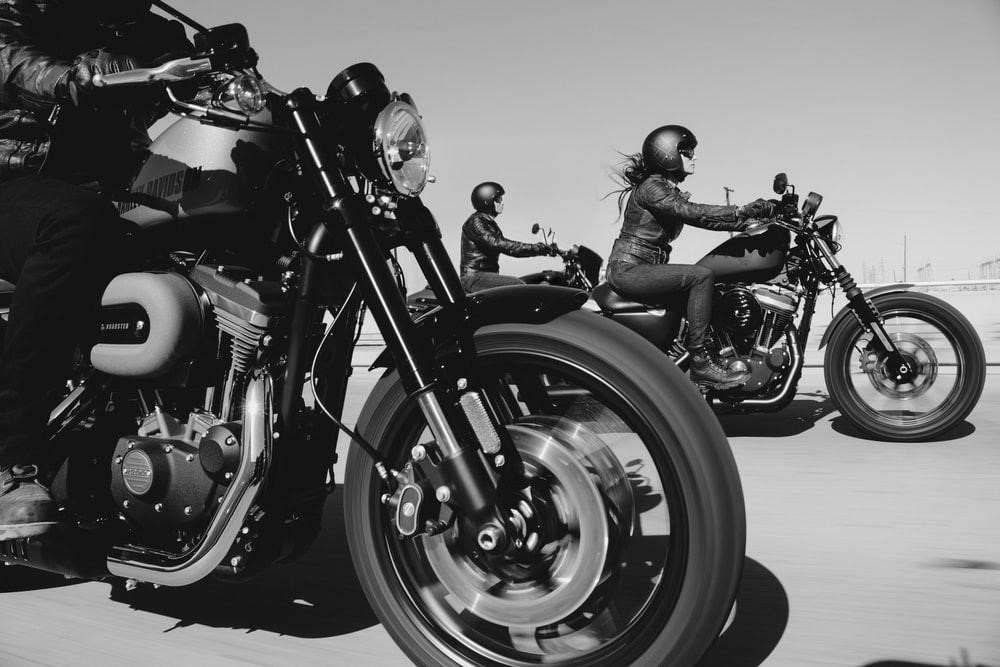
Now an outlaw can either be good or bad, but they work to incite a revolution to bring about the change they believe in both cases. Brands that might be able to benefit from this archetype include:
- Motorcycle manufacturers
- Artists
- Architects
Many brands have built their identities on this type from brand archetypes wheel as market leaders by breaking the bonds of conformity and introducing new products for the world to see. From high-powered motorbikes to unconventional buildings, the outlaws have left their marks on many icons of this world.
Famous brands that embody this archetype include:
- Harley Davidson
- Lamborghini
- Levi’s
The Explorer Brand Archetype
The explorer brand archetype portrays a drive to discover new and uncharted territories and connect to nature. Called the wanderer, adventurer, or thrill-seeker, they live to find new and exciting places and meet new people.
Rugged living suits them better than comfortable home living. They love to live and feed off the land, no matter where they are. Being out in nature makes them feel free of the burdens of the world.
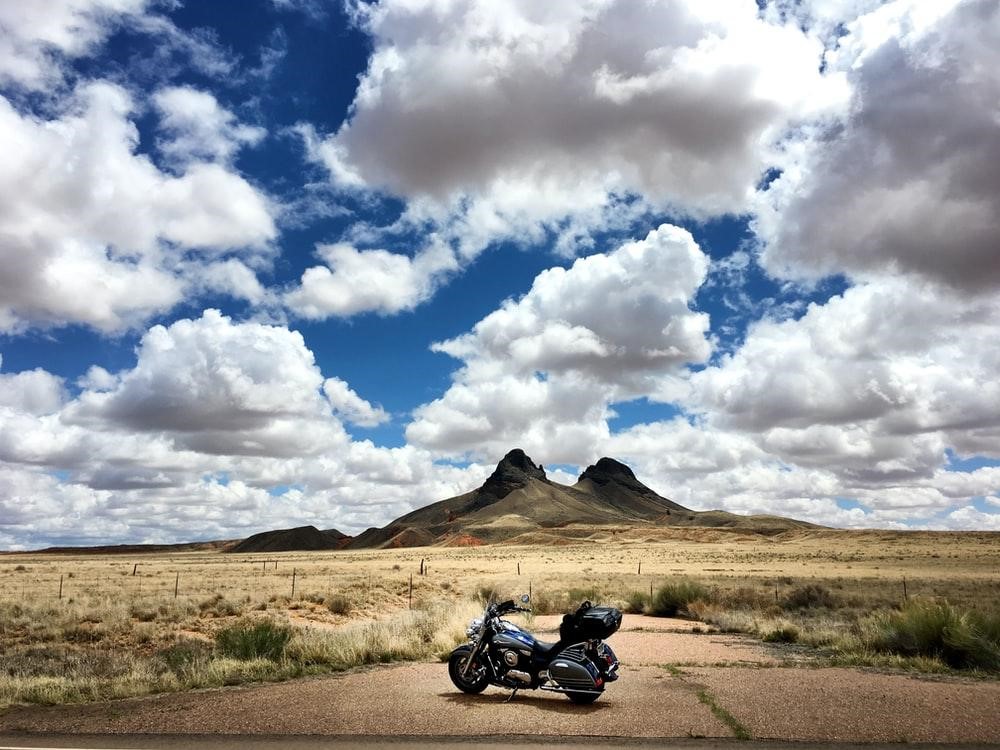
The core drive for the explorers on the brand archetype wheel is to find out what they are made of through hardships and adventure. Brands that might find this archetype helpful include:
- All-terrain automobiles like Yamaha
- Outdoor/camping companies
- Adventure tour companies
Brands looking to relate to the explorer type need to promote the benefits of the adventure life. They need to leave the hardships of the modern world for a little while. Famous brands that personify the explorer archetype include:
- Jeep
- The North face
- Patagonia
The Sage Archetype
The sage brand archetypes are seekers of truth and an encyclopedia of knowledge and wisdom. Their advice is highly sought after by their followers, as they are experts, scholars, and advisors. The sage archetype on the brand archetypes wheel represents the subject matter experts in the industry, whose words of advice carry weight in the industry.
These people desire to understand the intricate workings of this world and then share their knowledge and findings with others around them. They seek to learn new things their entire lives, dedicating their time to the pursuit of new knowledge.
The core desire is to discover the truth of the world and is best used by brands such as:
- Journalism and Media
- Educational institutes
- Professional consultancies
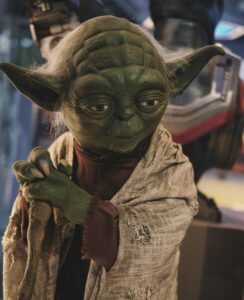
The brand that embodies this archetype works to find out and inform the general masses, celebrating a thirst to learn. To form a connection with other sage types, the brand needs to convey their belief that true wisdom results from proper education, which comes from the pursuit of the truth.
Brands that are the personification of this archetype include:
- Wikipedia
- BBC
The Innocent Archetype
The innocent brand archetype looks at the world through an optimist’s view. They believe that everything around them is normal and should be, with no personal bias or preconceptions affecting their world outlook.
They are honest in all their dealings and hold no grudge or ill-will towards anyone. Their only aim is to make the people around them happy, which makes them happy. They fear hurting others and strive to please with their actions, which is why these personalities on the brand archetypes wheel are often considered pushovers in the industry. Brands that might benefit from this include:
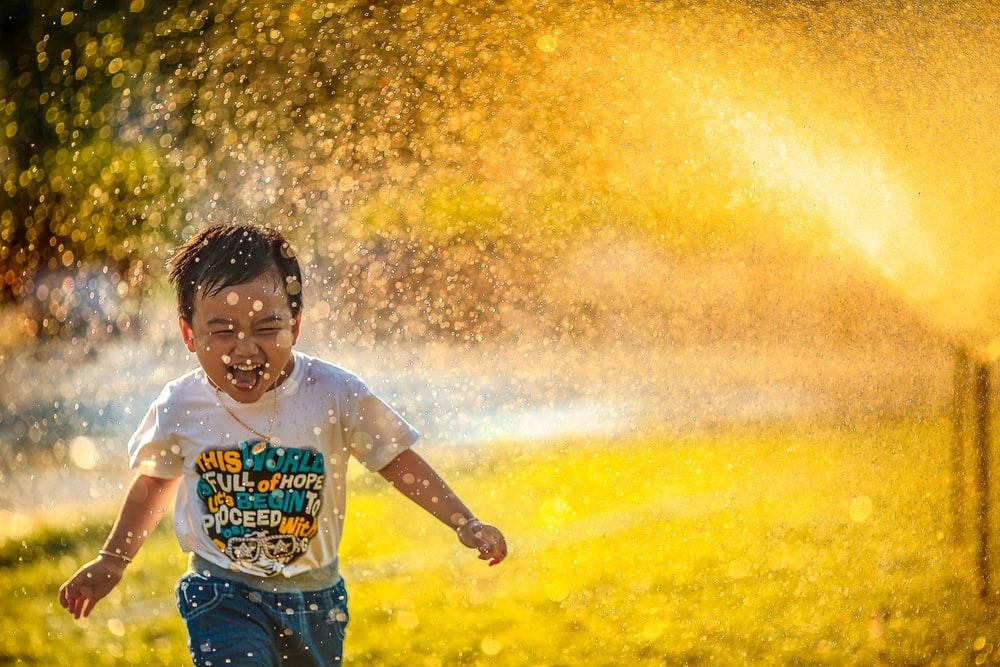
- Beauty
- Skincare
- Fresh and organic foods
Brands aiming for a better world can promote their naturally sustainable processes. Many famous sustainable brands use it to their benefit, such as:
- Dove
- Whole Foods
- Starbucks
Why Are These Brand Archetypes Important To Your Business Success?
Brand archetypes are those branding elements that can tap into the desires of our viewers. They can combine the values and the sales pitch of a brand into a persona based on the brand archetypes wheel that allows the customer to relate to your brand better. Thus, archetypes make your brand unique in the eyes of the viewer, and improve your brand storytelling.
Archetypes Set You Apart
A strong archetype helps you stand apart from the competition. It allows the customer to relate to the brand on a deeper level by portraying the brand’s values, ideas, and story. It tells them the how and the why of the brand, increasing trust and loyalty between customer and brand.
Brand Archetypes Set Your Brand’s Tone
They set the tone for the brand. A caregiver brand needs to embody and personify the characteristics, such as a kind, loving and helpful personality. Once the brand portrays those characteristics, the customer will predict how the next interaction is going to go. That increases trust and increases the chances of repeat business.
Archetypes Helps You Connect with the Consumers’ Subconscious
The archetypes can be tweaked to cater to specific customer needs and desires. It might be a creative change, a motivational change, or any other change. For each, there is a particular archetype that can cater to their needs.
Archetypes create a direct connection to the preconceptions in a customer’s subconscious, and the right archetype needs to be used to target your actual customers.
How to Use Brand Archetypes Wheel to Enhance Brand Perception with Emotion?
As each archetype evokes a specific emotion, this can be used to enhance the brand’s value. But this success depends mainly upon your choice of archetype on the brand archetype wheel. And this is backed by a lot of research. Even as far back as 384 B.C, Plato approached a similar concept of the importance of archetypes in his talk of intuitive understandings of human behavior.
Some archetypes can evoke a feeling of love and care, while another signifies sensuality. Similarly, each of the twelve brand archetypes has its own emotion. By knowing what emotion fulfills the intent of your customers, you can leverage the right archetype from the brand archetype wheel to boost the brand’s image in the customer’s eyes.
A few common emotions associated with archetypes are listed below:
Here are the basic human desires that each match with a specific archetype;
- Liberation > THE OUTLAW
- Power > THE MAGICIAN
- Mastery > THE HERO
- Intimacy > THE LOVER
- Enjoyment > THE JESTER
- Belonging > THE EVERYMAN
- Service > THE CAREGIVER
- Control > THE RULER
- Innovation > THE CREATOR
- Safety > THE INNOCENT
- Understanding > THE SAGE
- Freedom > THE EXPLORER
What Do You Need to Know to Find Your Best Fit From the Brand Archetypes Wheel?
You need to know three significant factors to establish the proper brand personality via the brand archetype wheel for your company. While new brands might not have the information required to choose the right archetype, choosing one at random is not the answer.
The factors you require to make the right choice include the following.
Your Brand Mission
Ask yourself why you started this business. Then, identify clear goals for your company. These are the core elements to making the right archetype choice.
Your Target Demographic
The right archetype depends on your audience. Your archetype and your customers need to be aligned in a single direction. That is how your company will resonate with the consumer and influence them to patronize your business. Therefore, research your customer – their wants, needs, and desires to choose the right archetype for them.
Your Industry Niche
As we discussed above, each archetype works for a few key industries and niches. A few industries work well with a mix of archetypes, while others fit a single archetype perfectly. Depending on your business niche or industry, finding the right archetype may be easier than you imagined.
Frequently Asked Questions (FAQs)
| What are brand archetypes? Brand archetypes are 12 different kinds of business personalities that can evoke certain emotions in customers and relate to them deeper. |
| Who created brand archetypes? The twelve brand archetypes were first suggested by the psychiatrist Carl Jung in 1919. Everyone has a dominant trait with typical behaviors and desires. |
| What is Google’s brand archetype? It uses a combination of a few archetypes, such as the sage, the innocent, and the caregiver. |
| What is archetypal branding? It is the art of using a brand’s archetypes to leverage the brand image, making it more recognizable and relatable to the users. |
To Summarize
There are various reasons as to why you should find and stick to your brand archetypes. The brand archetypes wheel offers your brand the map to stay on the right path that you envisioned at the start. That allows you to provide consistency to your actions and decisions, which helps generate a strong brand identity.
This consistency also helps your customers connect with your brand deeper, increasing their loyalty to the brand. Therefore, choosing the right archetype is so crucial for a business.

Logopoppin
Logopoppin is a graphic design agency that specializes in logo designing, web development, video production and advanced branding services. We love to innovate businesses with new age technologies, allowing them to improve their visual reputation.

